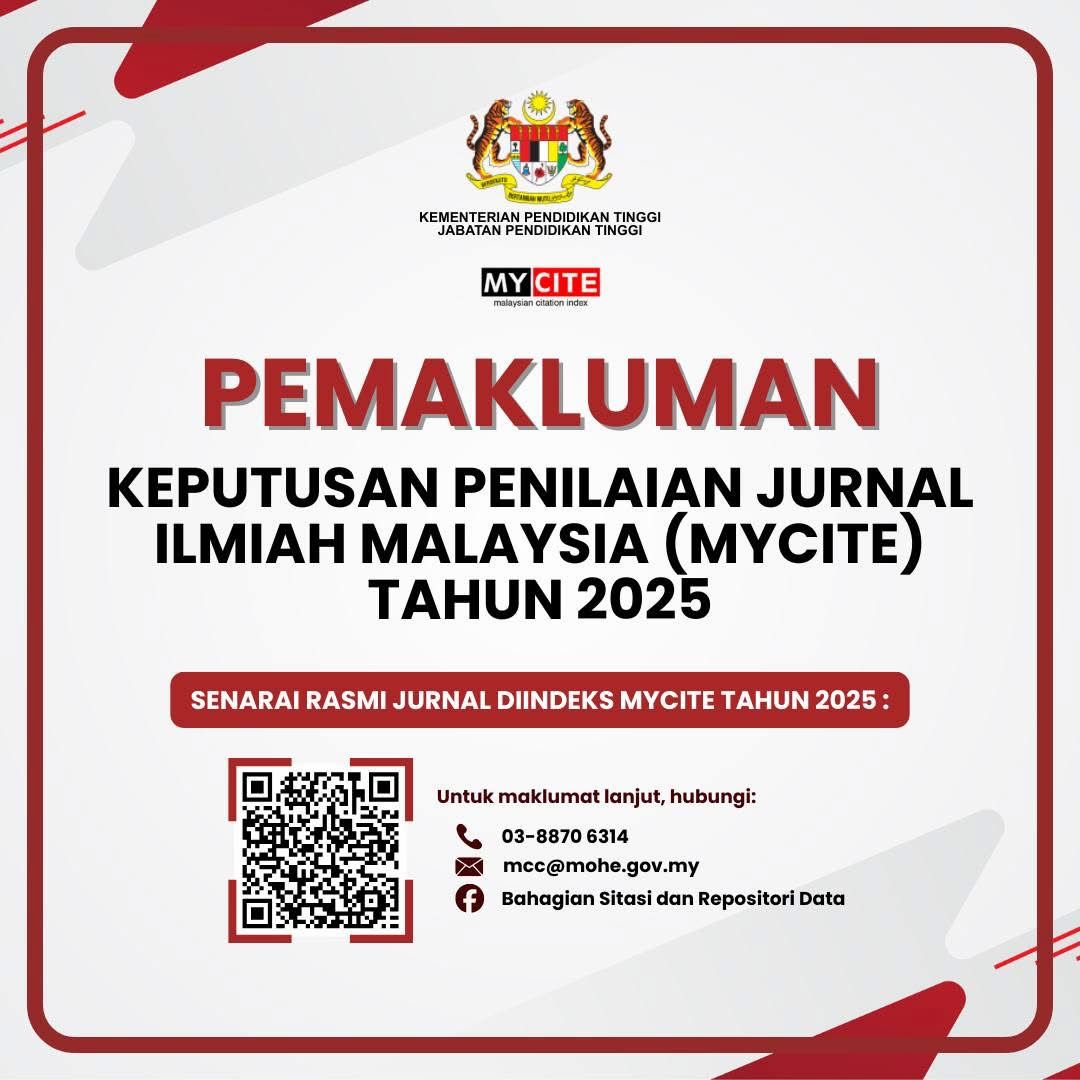Colonial Building Design Strategies for Tropical Climates (Case Study at SMPN 1 Lhokseumawe)
DOI:
https://doi.org/10.24191/idealogy.v9i2.654Keywords:
Climate adaptation, Colonial buildings, Design strategy, Historical heritage, Tropical climateAbstract
Colonial buildings are the historical heritage of the Dutch colonial period and become a special
attraction for a region. Colonial buildings still survive today because they have an adaptation strategy
to the local climate, especially the tropical climate. The secondary-level school building of SMPN 1
Lhokseumawe in the north Aceh region as the object of this research, shows that colonial buildings can
survive and function as educational facilities. It is important to analyse the design strategies of colonial
buildings in the face of tropical climate challenges. This research is expected to add insight and
inspiration to today's architectural practices in designing buildings that are adaptive to tropical
climates and preserving colonial architectural heritage as part of Indonesia's cultural heritage.
Qualitative research methods were chosen to carry out the research process through observation,
interviews, and documentation. As a result of this research, it was found that the building of SMPN 1
Lhokseumawe implemented several strategies in the form of symmetrical and elongated building
layouts, maximizing the direction of openings and shade from the shield roof, additional clerestory on
the roof, the use of materials to adapt to the tropical climate. Despite many adjustments to the climate,
this colonial building still retains its design and characteristics of colonial buildings.
Keywords: Climate Adaptation, Colonial Buildings, Design Strategy, Historical Heritage, Tropical
Climate
References
Ardiyanto, A., Djunaedi, A., Ikaputra, & S, J. A. (2015). The Architecture of Dutch Colonial Office in Indonesia and the Adaptation to Tropical Climate. International Journal of Scientific and Research Publications, 5(4).
Dede, P., Siso, S. M., & Kerong, F. T. (2020). Tropical Architectural Approach in SMAK Syuradikara Ende Building. Technosiar, 14(01), 10-19. https://doi.org/10.37478/teknosiar.v14i1.1131
Fuady, M., Munadi, R., & Kevin, M. A. (2023). Suitability of the Bioclimatic Architectural Design Concept and the Achievement of Thermal Comfort in the Building (Case Study of Baitul Musyahadah Mosque in Banda Aceh City). Civil Engineering and Architecture, 11(6), 3642–3650. https://doi.org/10.13189/cea.2023.110630
Fuady, M., Ridwan, N., Munadi, R., & Kevin, M. A. (2024). Congregation’s Perception of Thermal Comfort in the Baitul Musyahadah mosque in Banda Aceh city. AIP Conf. Proc., 030013(3082), 1–6. https://doi.org/https://doi.org/10.1063/5.0201060
Ghassan, M. L., Sari, L. H., & Munir, A. (2021). An evaluation of the tropical architectural concept on the building design for achieving thermal comfort (Case study: engineering faculty of Syiah Kuala University). IOP Conf. Series: Materials Science and Engineering. https://doi.org/10.1088/1757-899x/1087/1/012013
Handinoto. (1996). Institute for Research and Community Service. PETRA Christian University SurabayaYogyakarta: ANDI Yogyakarta.
Handinoto. (2012). Architecture and Cities in Java during the Colonial Period. Yogyakarta: Graha Ilmu. Retrieved from https://onesearch.id/Record/IOS3605. INLIS000000000000525
Hardiman, G., & Sukawi. (2013). Adaptation of the Look of Colonial Buildings in a Humid Tropical Climate (Case Study of PT KAI Semarang Office Building). Journal of Modules Department of Architecture FT. Undip, 13(1).
Kurumur, V. A. (2018). Adaptation of Dutch Colonial Architectural Style Buildings. Indonesian Journal of the Built Environment, 7(1), 32-37. https://doi.org/10.32315/jlbi.7.1.32
Lippsmeier, G. (1980). Tropical Buildings. Jakarta: Erlangga.
Noer, R., Fuady, M., & Caisarina, I. (2024). Evaluation of the implementation of green building and green energy in the city of Banda Aceh. AIP Conference Proceedings, 3082(1), 1–7. https://doi.org/10.1063/5.0201063
Nugraha, & Bachtiar, F. (2018). Various Forms of Acculturation of Local and Modern Architecture in the Islamic Center Building in Tulang Bawang Barat Lampung Regency. Journal of Itenas Rekarupa, 4(5), 39-50.
Purnomo, H., Waani, J. O., &; Wuisang, C. E. (2017). Visual Style and Character of Dutch Colonial Architecture in the Oranje Ternate Fort Area. Media Matrasain, 14(1).
Purwanto, L. M. (2004). Thermal comfort in Dutch colonial buildings in Semarang. Dimensions of Architectural Engineering, 32(2), 138 – 149. https://doi.org/10.9744/dimensi.32.2.
Romanova, I., &; Skanavi, N. (2017). The selection of roofing material for pitched roofs by the analytic hierarchy process. MATEC Web of Conferences.
Roosandriantini, J., Poernama, J. A., Setiawan, F. H., Dohan , K., & Trisyanti, L. I. (2023). Acculturation of Colonial Architecture to Climate Differences at SDN Ditotruman Lumajang and Bakorwil Madiun Official House. Scientific Journal of Architecture and the Built Environment ARCHITECTURE, 21(1), 27-38. https://doi.org/10.20961/arst.v21i1.62585
Tyas, W. I., Nabilah, F., Puspita, A., & Shafitri, S. I. (2015). Building Orientation to Thermal Comfort in Leuwigajah Cimahi Flats. Journal of Rekakarsa, 3(1), 1-12. https://doi.org/10.26760/rekakarsa.v3i1.628
Downloads
Published
Issue
Section
License
UiTM Press (the Publisher) has agreed to publish the undersigned author’s paper in Idealogy Journal. The agreement is contingent upon the fulfilment of a number of requirements listed below.
1. The undersigned author warrants that the paper entitled below is original, that it is not in any way libellous or unlawful in Malaysia, that it does not infringe any copyright or other proprietary right. The undersigned hereby represents and warrants that he/she is the author of the paper, except for material that is clearly identified as to its original source, with permission notices from the copyright owners where required. The undersigned represents that he/she has the power and authority to sign and execute this agreement.
2. The undersigned author warrants that the paper entitled below has not been published elsewhere, and also it will not be submitted anywhere else for publication prior to acceptance/rejection by this Journal.
3. By submitting the paper entitled below, the undersigned author agrees to transfer the rights to publish and distribute the paper in an international e-journal (entitled above) to Publisher.
4. The undersigned author agrees to make a reasonable effort to conform to Publisher's submission guidelines and to liaise with the editor to ensure that the requirements of these guidelines are met to a reasonable degree.
5. The corresponding author signs for and accepts responsibility for releasing this material on behalf of any and all coauthors. This agreement is to be signed by at least one of the authors who has obtained the assent of the co-author(s) where applicable. After submission of this agreement signed by the corresponding author, changes of authorship or in the order of the authors listed will not be accepted.




